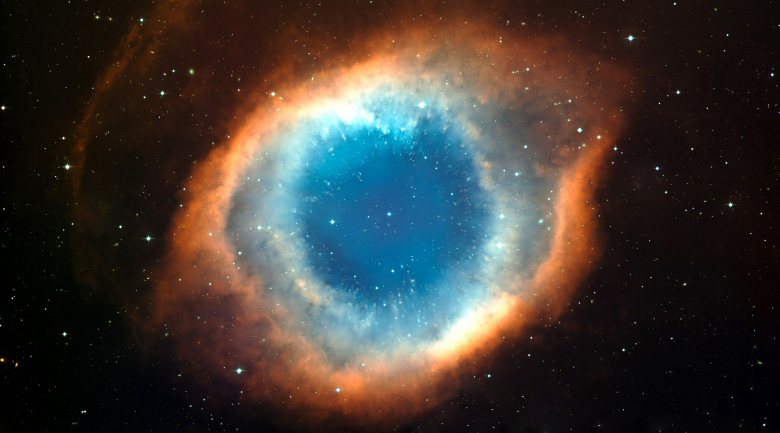
The Nancy Grace Roman Space Telescope (Wide Field Infrared Survey Telescope or WFIRST) is a NASA infrared space observatory that will launch in 2025. The funding for this and all NASA projects is precarious. NASA’s ability to execute on large, multi-year science project has also been less than reliable.
Roman uses an existing 2.4-meter wide field-of-view primary mirror and uses two main scientific instruments. The Wide-Field Instrument is a 288-megapixel multi-band near-infrared camera, providing a sharpness of images comparable to that achieved by the Hubble Space Telescope (HST) over a 0.28 square degree field of view, 100 times larger than that of the HST. The Coronagraphic Instrument is a high-contrast, small field-of-view camera and spectrometer covering visible and near-infrared wavelengths using novel starlight-suppression technology.
A study has found that the Roman Space Telescope will be ten times better at finding rogue planets. :
The Astronomical Journal – Predictions of the Nancy Grace Roman Space Telescope Galactic Exoplanet Survey. II. Free-floating Planet Detection Rates
Samson A. Johnson, Matthew Penny, B. Scott Gaudi, Eamonn Kerins, Nicholas J. Rattenbury, Annie C. Robin, Sebastiano Calchi Novati, and Calen B. Henderson, 2020 August 21.
A survey using gravitational lensing should find ~250 FFPs (free floating planets aka rogue planets) with masses down to that of Mars. Roman will improve the upper limits on FFP populations by at least an order of magnitude compared to currently existing constraints.
